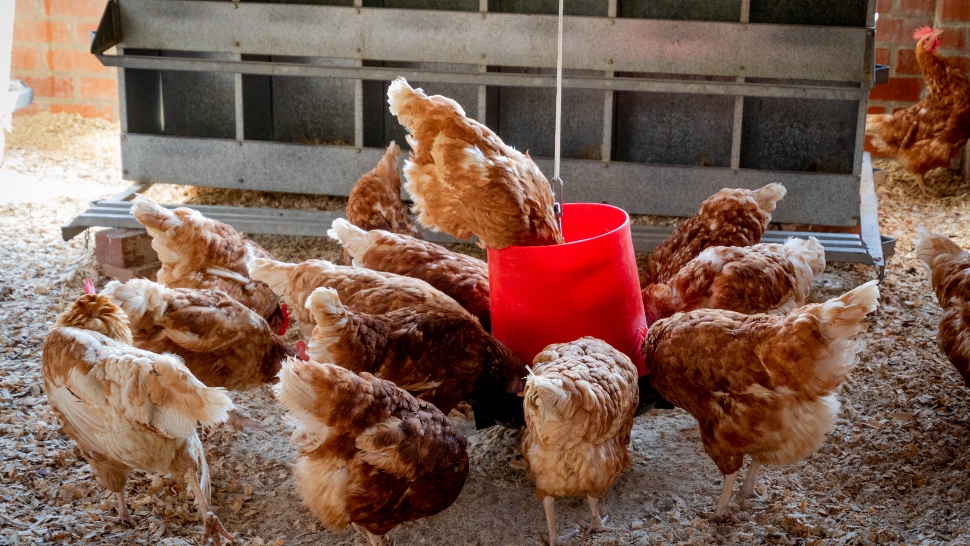
Entrepreneur and author Margaret Heffernan called attention to a fascinating study by Purdue biologist William Muir in a recently highlighted TED talk.
Muir was studying the productivity of chickens, with two groups central to the experiment. He chose a flock of chickens average in their productivity (measured by egg count) and left the group to itself for six generations.
He compared this to a group of “superchickens” — the highest producing chickens put together into a flock, with the superstars among them leading the breeding, for six generations.
So what happened to productivity?
Surely, the superchickens ruled the roost, right?
Not so much.
The end of the study found the average chicken group plump, healthy, and with an increased level of output versus the first generation.
Among the superchicken group, only three were left alive. All the others were pecked to death.
It turns out the superstar chickens reached such status by suppressing the other chickens. (Oh, and by “suppressing” I mean murdering)
Over the choruses of “THAT’S MY COMPANY!” now reverberating across the globe I squawk this: Maybe the unchecked competitiveness oft-spurred by superstars needs a rethink.
Am I saying star performers shouldn’t be cared for, resourced, and brought along?
No.
Am I saying the stars simply can’t intermingle with the rest of the team in a maximally productive existence?
Of course not.
What I am saying though is that leaders can do a better job of stopping exorbitant competitiveness among team members (which can show up as a lack of teamwork, backstabbing, one-upmanship, or even sheer sabotage).
Here’s how to put an end to excessive internal competitiveness:
1. Create a fair playing field
We all just want a fair deal and to be dealt with fairly. When the rules are stacked against us, a game is no fun. We may look for ways to beat the rule makers rather than focus on playing the game to the best of our ability.
Do you want your employees fighting you or the competition?
Keep an eye on organizational inequities like grossly disproportionate resources, rewards, and recognition going to superstars.
2. Know that shared goals are key to a “One Team-One Dream” mindset
Different goals mean different behaviors. These differing behaviors can quickly run counter to one another when they don’t serve the same goal in the end.
The same goals, if stretching and inspiring enough, will draw an organization together, not split it apart.
3. Redirect the energy of the overly aggressive or insecure
Those who fritter away precious energy on protective, aggressive, or cover-up behaviors should be redirected to expend their energy on more positive pursuits.
Help them to understand that they can lift while they climb.
And the insecure can be made more secure by your intentional actions to help boost their self-esteem.
Superstars are needed and wanted in an organization, of course. But they don’t have to be at the top of the pecking order in every way, shape, and form. You can keep all your chickens happily clucking along by curbing excessive internal competitiveness.




Leave a Reply